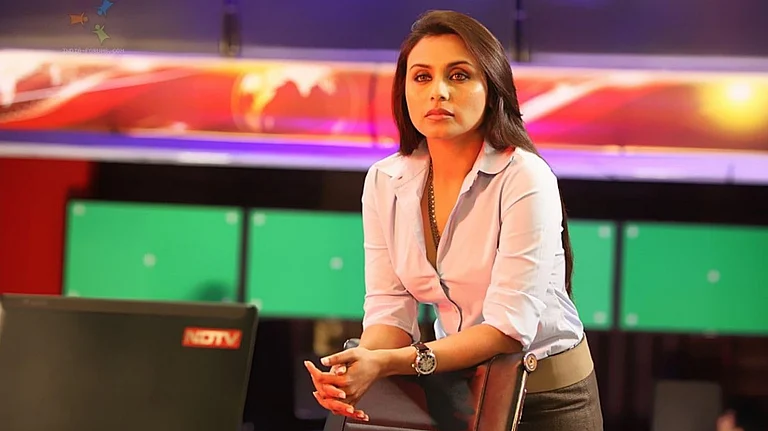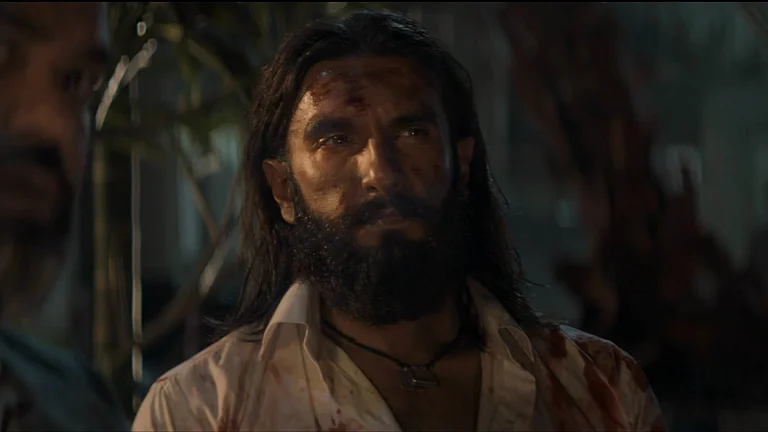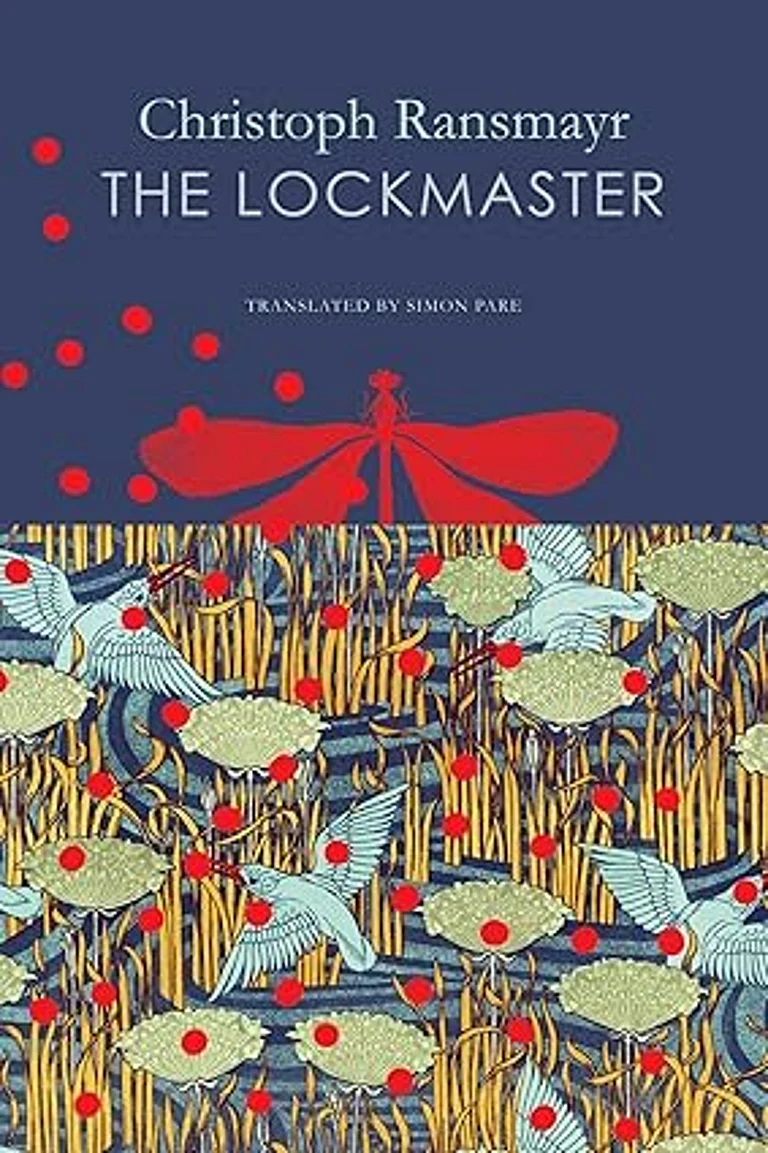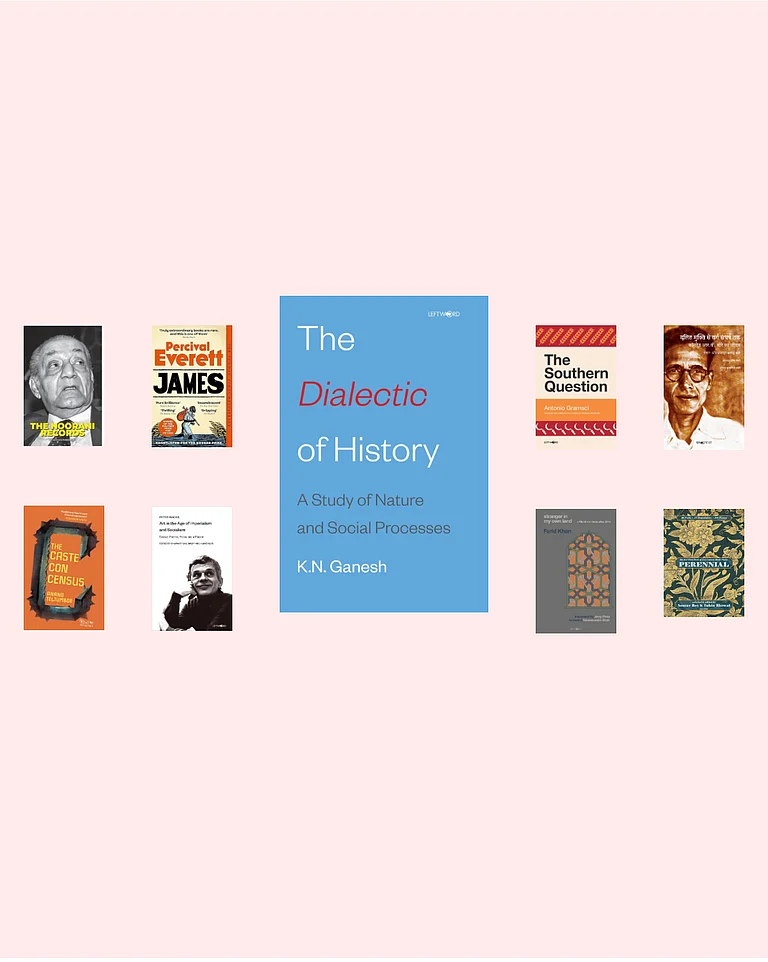Have you seen your parents’ wedding photos? If you haven’t, see if you can get your hands on them and have a look. Okay, now that you’re done, I’m going to guess a few things about them.
Most of the indoor pictures will be lit by direct flash. A large proportion of them would have the couple and the guests posing stiffly, rictus smiles all around, or alternatively, with funereal grimness. There will be many pictures of the guests eating their meals, timed perfectly to capture their mouths open. All of it, of course, imbued with the undeniable charm and character of film photography.
Indian wedding photographs in the 20th century, at least among those wealthy enough to have had their weddings photographed, are a document of their time and broadly exhibited the common style I described above. It’s our version of what is referred to abroad as ‘traditional’ wedding photography, with an emphasis on more formal, posed photos but executed, most of the time, with little attention to finesse or aesthetic virtue. Of course, there were exceptions—but the general style and approach were on these lines. This remained the case right up until the latter part of the 2000s, around when digital photography started becoming mainstream. This is where I introduce myself.
I’m a wedding photographer and I’ve been shooting weddings since 2011. When I started out, the average big city in India had perhaps a handful of new-age ‘candid’ wedding photographers, and this is the approach to wedding photography that drew me into the profession. These candid wedding photographers were marked out from what went before by a few aspects—a more documentary approach to photography, focusing on capturing the moments in a wedding as they happen, a greater emphasis on the aesthetic aspects, maximal use of available light, and virtually no direct flash to light the subjects.

Since this concept was brand new at the time, there was no set style—except for the fact that it looked dramatically different from what wedding photography was like before. Suddenly, people were hiring photographers because they wanted beautiful pictures, and not simply because they wanted to make sure every third cousin and distant neighbour were correctly accounted for.
To rewind again, most wedding photography in the late 20th century happened on 35mm film. While a great deal more compact and versatile than larger film formats that preceded it, digital-native photographers would find that shooting stuff on 35mm film came with massive constraints.
For one, you had to pick your ISO (the light sensitivity of your film) and then you were stuck with that for the next 36 frames. If you picked a 400 ISO film, you’d do all right outdoors during the day when there’s plenty of light. But come nighttime or move indoors, and you’d really have to light up the scene, which led to the direct flash culture. Of course, you could have a more elaborate lighting setup for better results, but this was more cumbersome and labour-intensive, and the economics of wedding photography back in the day wouldn’t always justify the investment in equipment or personnel.
After all, a wedding photographer then was hired not necessarily for aesthetic reasons. Most people were not going to shell out a substantial amount of money for a record-keeping service. This led to a vicious cycle of underpaid photographers doing the bare minimum work and producing same-looking results.
With digital professional cameras growing in capability in the latter part of the 2000s, it looked like a new dawn for wedding photography. Even in these early days, digital offered a level of flexibility and versatility that far exceeded what film could do (even if the quality didn’t match up back then). As the technology advanced rapidly, many enthusiast photographers realised this was an easy way to offer a different kind of service and make some money. That’s how I jumped into it as well. Digital photography has a very easy learning curve, and anyone can master the basics in a matter of weeks. I, personally, can’t think of any other profession where this is the case.
By the early 2010s, this new kind of photography—commonly referred to as ‘candid’ photography—started gaining some traction. I was fortunate enough to have jumped in early and I got some work, not necessarily because I was any good but just because I was offering something different. This was probably the case for some of the others as well.
Because it was still very much the domain of amateur dabblers (albeit privileged upper-class amateurs), many photographers shot alone. And they shot in a genuinely candid, documentary style, because that’s the only style you can do, when you shoot alone. I would call this the brief and fun ‘truly candid’ era of Indian wedding photography. Needless to say, the scale of this was very small and very much restricted to the elite, but aesthetically, it offered up something refreshing and there were people experimenting in several directions at the time.
Somewhere around 2012-13, after perhaps four or five years of being a niche domain, ‘candid photography’ suddenly went supernova. A colossal explosion in its appeal meant that everyone and their uncle wanted aesthetic, artistic photography for their weddings. This runaway popularity led to the industry becoming rapidly formalised, and almost corporatised.
Many of the amateur dabblers went on to have more professional setups with teams of assistants and employees, so the scale of these operations ballooned massively. Soon, the expectation from clients was for a full-fledged team of photographers, including ‘traditional’ photography, ‘candid’ photography and videography, not to mention drones and other such fancy accoutrements.
The preferred aesthetic began to coalesce around dramatic, staged photographs, painstakingly lit, and strongly influenced by the movies. These would be the highlight images from a wedding, and you would need a team of several people to execute them. So wedding photography became the domain of big teams and the industry at large aspired to emulate this look as best it could.
The 2010s also saw the explosion of destination weddings among the Indian elite, with couples jetting off to Bali or the Maldives to get married. No destination wedding would be complete without a photography crew of several people (latterly to include full-fledged filmmakers as well). If you could look and feel like a movie star for a day, why wouldn’t you do that? With celebrity weddings dominating social media, their very particular flavour of ostentation started to become the aspirational look for couples everywhere, and the photography obviously had to keep pace. When the wedding is designed to be a spectacle, the photographs need to do justice to that spectacle.
Now a casualty in this explosion of spectacular photography has been the quieter documentary style. Wedding photographs are no longer spontaneous or intimate, but very carefully staged to evoke spontaneity and intimacy. This facsimile of spontaneity has the great advantage of being beautifully lit and flatteringly angled, and one can easily understand the appeal of it.
While there are still some photographers who persist with the documentary style, it’s very much back to being a niche aesthetic, and is much harder to come across than the extravagant (and no doubt beautiful) Bollywood style that prevails.
Indian wedding photography went from being a staid, posed affair through a brief period of candid images to what is now a spectacular, posed affair. Personally, I soldier on with the documentary style because I still prefer to work alone, but with each passing year it feels like a losing battle.
(Views expressed are personal)
MORE FROM THIS ISSUE
Vinay Aravind is a photographer and freelance writer based in Chennai



























